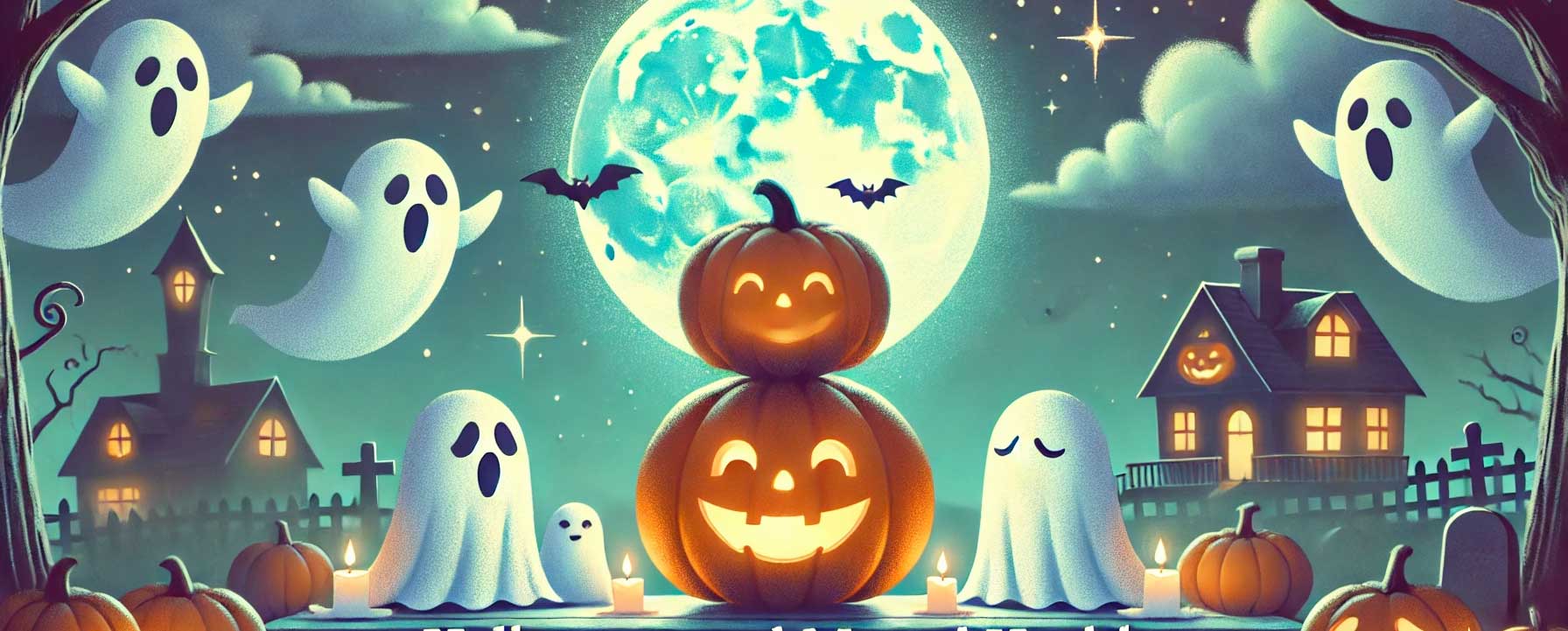Halloween and Mental Health: Balancing Fun and Emotional Well-Being
October 3rd, 2024
 Halloween is often associated with fun and excitement—costumes, candy, and spooky decorations. However, the holiday can also bring about unique challenges for both children and adults when it comes to mental health. Understanding how Halloween might impact emotional well-being is key to making sure it’s a positive experience for everyone.
Halloween is often associated with fun and excitement—costumes, candy, and spooky decorations. However, the holiday can also bring about unique challenges for both children and adults when it comes to mental health. Understanding how Halloween might impact emotional well-being is key to making sure it’s a positive experience for everyone.
1. Managing Fear and Anxiety
For some, Halloween’s emphasis on fright can trigger anxiety or stress. Children, especially younger ones, might find certain decorations, costumes, or haunted attractions overwhelming. Similarly, adults who experience anxiety disorders or have had traumatic experiences may feel heightened stress during the season. It’s important to recognize these feelings and find a comfortable balance between participating in the fun and protecting mental well-being. Encourage open conversations about fear and help normalize any anxious feelings.
2. Social Pressure and Perfectionism
Halloween often comes with an expectation to have the best costume or attend the most exciting party. This can create pressure for both children and adults. For kids, the pressure to “fit in” with peers can lead to stress or self-esteem issues. Adults may feel the need to create elaborate costumes or host picture-perfect events, adding to their existing responsibilities. It’s important to remind yourself (and your child) that Halloween is about fun—not perfection. Let creativity, rather than competition, guide your participation.
3. Body Image and Costume Choices
Halloween can also bring body image concerns to the forefront. For children, especially teenagers, choosing a costume can become a point of stress, particularly if they feel self-conscious about how they look compared to others. Adults may experience similar feelings, especially with costumes that emphasize certain body ideals. These issues can negatively impact mental health, leading to insecurity or low self-esteem. Focus on costumes that make you or your child feel confident and comfortable, rather than conforming to unrealistic expectations.
4. Overstimulation and Sensory Overload
Halloween events are often filled with loud noises, bright lights, and large crowds—all of which can be overwhelming for people with sensory sensitivities. Children on the autism spectrum, as well as adults with sensory processing issues, may find trick-or-treating or large parties difficult to navigate. It’s helpful to create a sensory-friendly plan, such as attending quieter events or giving children noise-reducing headphones. Setting limits on how long you or your child participates in certain activities can also help prevent overstimulation.
5. Handling Disappointment
Not every Halloween experience will meet expectations, and this can lead to feelings of disappointment. Children may be let down by not getting the candy they wanted, while adults may feel regret over a low-key celebration or an unsuccessful party. Disappointment can affect mental health, but reframing the experience in a positive light—focusing on the fun moments rather than what didn’t go as planned—can make a big difference.
6. Creating a Safe, Inclusive Atmosphere
For children with mental health challenges such as ADHD, anxiety, or autism, Halloween can feel daunting. The unpredictability and stimulation may exacerbate their symptoms. For adults with mental health disorders, especially those who have experienced trauma, Halloween may bring up difficult memories or emotions. As a family or community, it’s crucial to make Halloween as inclusive and stress-free as possible. For children, this may mean attending events designed for special needs or adjusting traditions to ensure comfort. For adults, practicing self-care and setting boundaries can make the holiday more enjoyable.
7. Mental Health Awareness and Coping Skills
Halloween can serve as a reminder of the importance of mental health awareness for both children and adults. Use the holiday as an opportunity to teach kids coping skills for dealing with fear, stress, and anxiety. Similarly, adults should check in with themselves and recognize any discomfort or stress that arises during this season. If Halloween creates too much anxiety or stress, it’s perfectly okay to opt out or create new traditions that feel better for you and your family.
Conclusion
Halloween can be a fun, creative outlet for all ages, but it’s essential to balance that excitement with mindfulness about mental health. By acknowledging the emotional challenges that can come with the holiday, we can create a more positive and mentally healthy experience for both children and adults.
This course, “Mental Health Response to Mass Violence and Terrorism,” equips professionals with essential tools to address the psychological impacts of crises, a topic made all the more relevant in today’s turbulent times. As we approach Halloween, a season often filled with themes of fear, it’s crucial to remember the real psychological toll that trauma and violence have on individuals and communities, highlighting the importance of preparedness and mental health support.